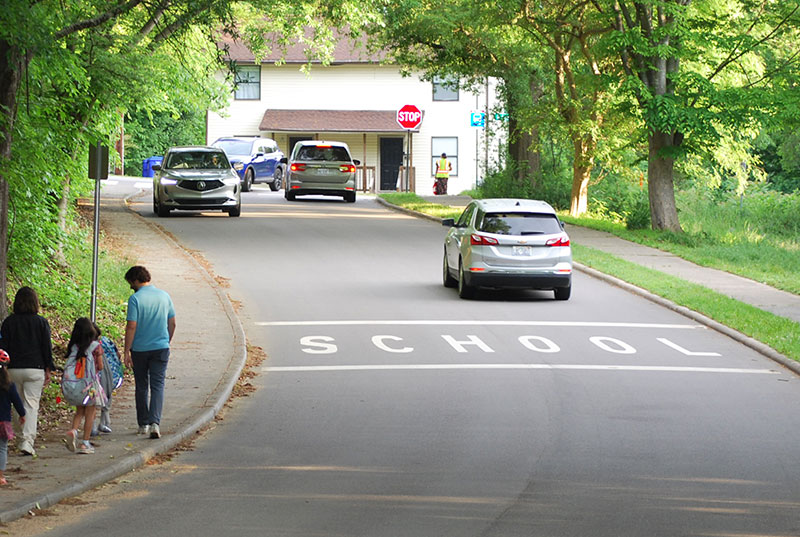UNC’s Highway Safety Research Center to Support Communities in Implementing Speed Safety Cameras in School Zones

Motor vehicle crashes are a leading cause of death in North Carolina, leaving thousands of families facing loss and hardship and costing taxpayers billions in medical and work loss expenses. Beginning October 1, 2025, local governments across North Carolina will have the option to use speed safety cameras to enforce speed limits in school zones. Authorized under Senate Bill 391, this new opportunity aims to reduce speeding and improve safety for children and youth traveling to and from school.
To help communities prepare, the University of North Carolina’s Highway Safety Research Center (HSRC), with support from the North Carolina Department of Transportation, is developing resources and offering technical assistance for local governments. These efforts are designed to support community readiness, helping them consider, plan, and implement speed safety camera programs that fit local needs and take into account best practices from around the US.
Nationwide, motor vehicle crashes take the lives of more than 110 people each day. In North Carolina, more than 7,000 people were killed or severely injured in crashes in 2024. Speed is a major contributor to these crashes, increasing both the likelihood and severity of collisions. In addition, more than 120,000 school-aged children (ages 5-19) were involved in crashes in 2024, with 801 sustaining severe or fatal injuries. Children and youth face greater risk because of their smaller size, unpredictability near traffic, and reliance on walking or biking in and around school zones. Maintaining safe speeds in these areas is critical to preventing severe crashes.
“Achieving safe speeds remains one of the most pressing challenges for communities in North Carolina,” said Dan Gelinne, Senior Research Associate at HSRC. “School zones are places where children, families, and traffic all come together, and this new law gives communities another tool to help manage speeds. By supporting communities with the tools and knowledge they need to implement speed safety camera programs, we can make these spaces safer.”
Through this initiative, HSRC will provide resources, answer common questions, and share examples from early adopters. An initial set of answers to common questions will be available in early October, timed with the new law taking effect, and updated regularly as new examples emerge. Additional tools and support are planned for March 2026 to help communities as they consider and launch programs.
Local governments and community leaders can register their interest and submit questions via the HSRC project page: https://www.hsrc.unc.edu/our-work/nc-speed-camera-enforcement-in-school-zones/